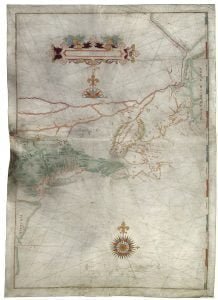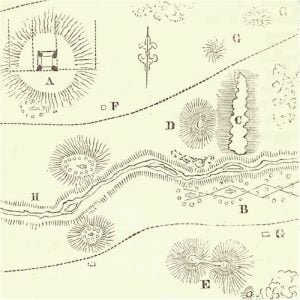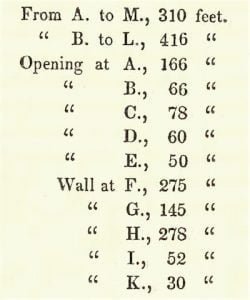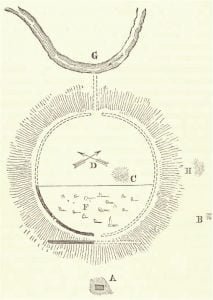History and Origin of the Senecas Indians
One of the first traits which strikes an observer on entering the territory of this tribe, is the fact that they are called by a name which is not known in their vocabulary, and which they only recognize from having long been thus designated by others. Identical as it is in its present orthography, with the name of the Roman moralist, it is yet wholly improbable that it had any such origin; it must be regarded as an accidental coincidence of sound in some other Indian tongue. That this tongue is the Mohawk, a people who stood first in position … Read more







